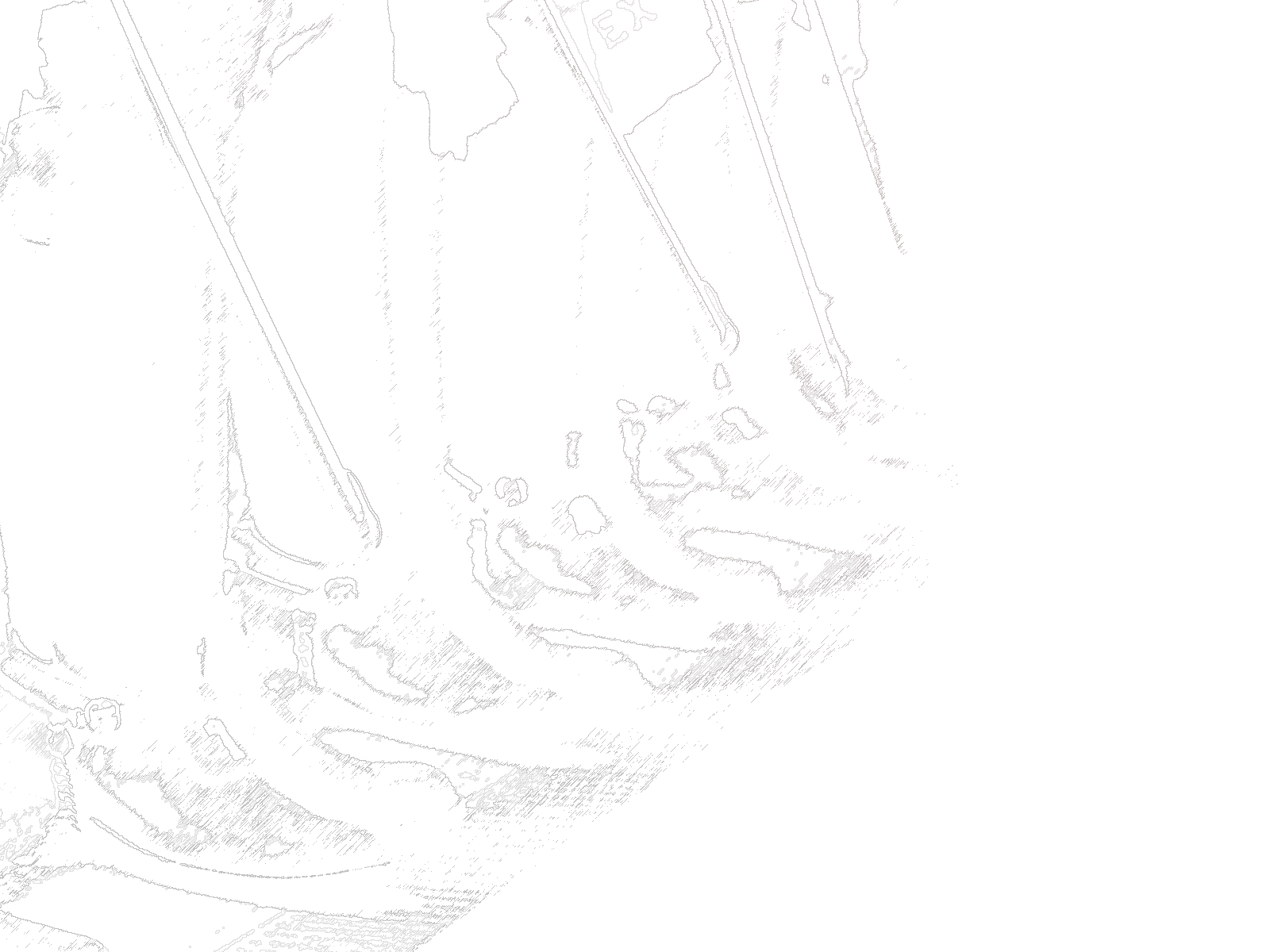See, federal workers? It happens. It sucks, but it happens. It is not an existential crisis. I’m sure that many of those 15% being cut are also good people who did their jobs well. At. Will. Employment.
Southwest Airlines plans to cut 15 percent of its corporate workforce in a bid to cut costs.
The layoffs – a first in the airline’s 53-year history – will slash around about 1,750 jobs.

The last five years have been tough for Southwest. Investors have been insisting that the airline evolve the low-cost business model that built Southwest with seemingly little regard for the astronomical cost involved in doing so. Operating as a thrift means the cupboard is usually pretty bare. It puts consumer butts in the seats, but really strains net income. That means you’re not an industry leader in anything other than putting asses in cheap seats and are likely lagging your competitors in every other aspect of operating a modern airline. Costs are up, stock price has been on a slide, and raising fares/baggage fees absolutely torches your only real consumer appeal.
I hope we’re not looking at the early death-phase of the lifecycle of a thrift airline.
I do think that the era of niche airline players in the U.S. is over. With high costs of entry, an airline needs some significant scale to compete. But when building out service to dozens and dozens of airports, it is to restricting for any airline to only serve a segment of the flying public. We saw the high-service airlines, like Midwest Express, leave a few years ago. Now the discount airlines are struggling as the mainstream airlines (Delta, United, American) offer a tiered ticket structure that includes a basic economy rate. If I can fly Delta basic economy for about the same rate as Spirit, why wouldn’t I? To compete, the discount airlines (Spirit, Frontier, Southwest), had to lower prices further thus eroding their already slim margins. Southwest has weathered better than most because of their reputation/culture, free baggage, and some people (not me) like the unassigned seating.
The future belongs to large airlines with a lot of routes that offer an ever-increasing tiered pricing models that draws in a wider customer pool. They have to capture the business traveler who insists on some perks and comforts and the family of 6 who will fly if it’s cheaper than driving.
I fly Delta (a lot) and have seen the clientele shift down market over the past ten years. It’s resulted in almost every flight being at capacity and a healthy blend of families, youth travelers, and business travelers. It’s good to see.